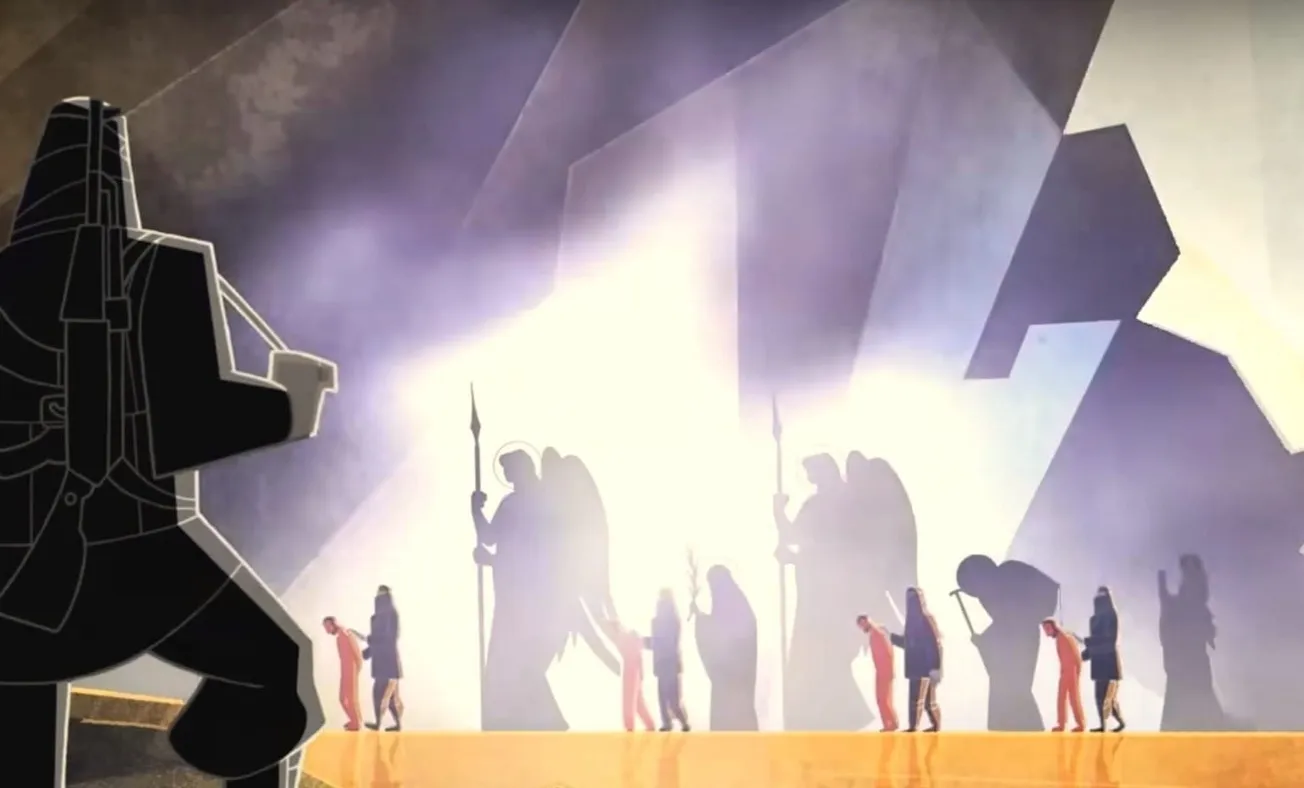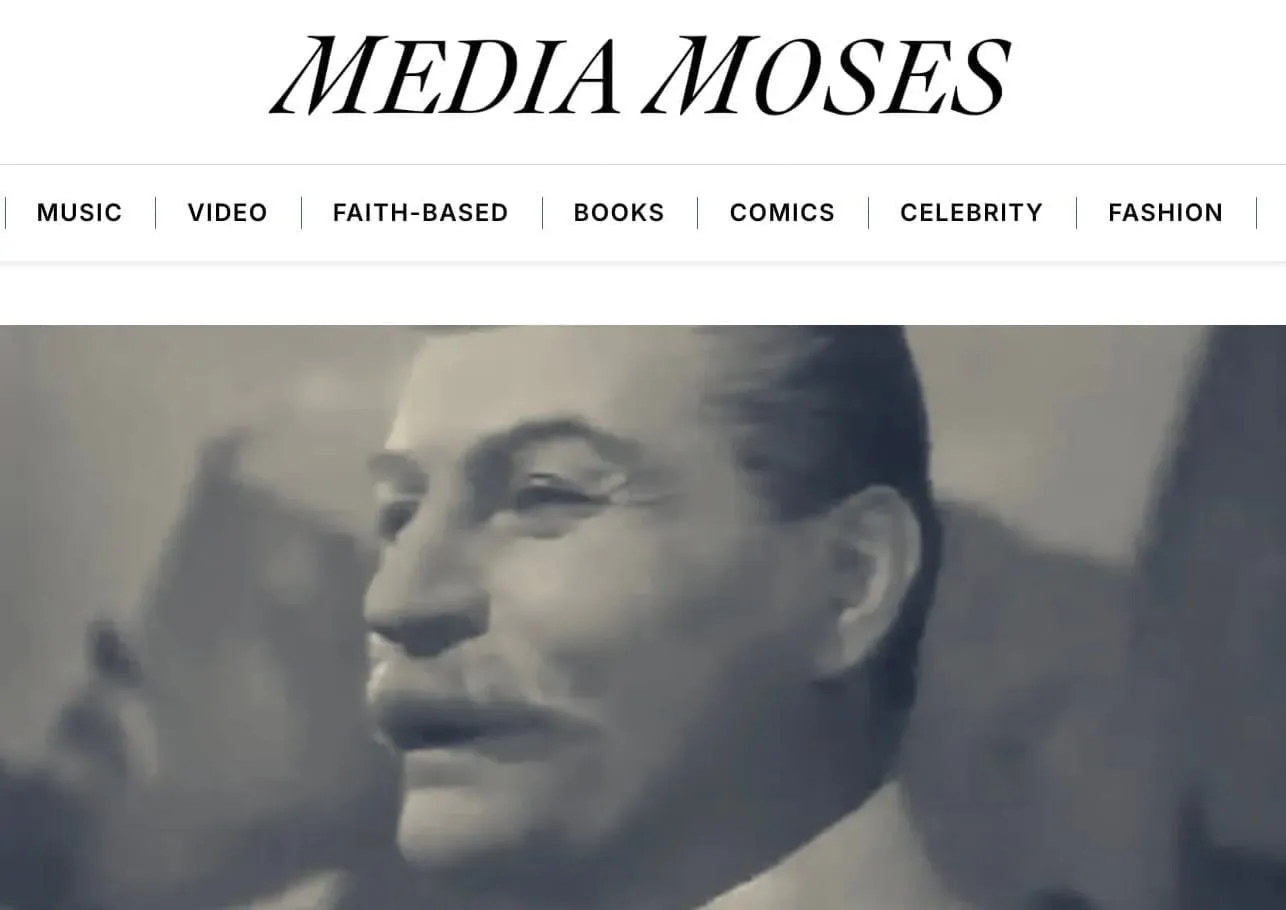World of Reel reports here that Malick’s The Way of the Wind, his biblical drama, also called The Last Planet is still in the editing room. This film was shot in 2019, but Malick, as always, has proven to be an unconventional sort, and he takes his time about it.

Like Mel Gibson, Malick is a christian, who made his bones in Hollywood doing some of the most lauded cinema in history. But today it’s a strange world for christians in Hollywood. We have two camps: the faith-based filmmakers and the non-conformists. Let me explain.
If you’ve never dug deep into “christian cinema” and faith-based film, you may have been unaware that filmmakers like Mel Gibson, Scorsese, or Terrence Malick are christians (Catholic). They are also great filmmakers, however, who belong to the more classical schools of filmmaking. They come from another time, where filmmaking was considered an art form. And they understand visual storytelling deeply, making artistic cinema instead of making products (“content”) that makes money and checks-off boxes. There are artistic expressions which make up the visual language of cinema, and some filmmakers are primarily engaged in exploring that language through great storytelling. This means they don’t care about the same things everyone else does, and sometimes that’s a good thing.
If you’ve never seen a Terrence Malick film, here is a short documentary on his work by Thomas Flight.
Why Do Terrence Malick’s Movies Look Like That, Credit, Thomas Flight on YouTube
It’s nothing against other Christian filmmakers who work in what’s called a faith-based genre, they’re just different. Many don’t consider “faith-based” a genre, but I know that it is, because it’s in its own unique marketplace. It often comes out in cinemas in the spring, and it shows up on streaming platforms like PureFlix, Christian Movie Channel, Up Faith & Family, and Right Now Media. There’s plenty of history here.
In fact, for the last 20 years, films like Courageous, War Room, Woodlawn, Heaven is For Real, and I Can Only Imagine have surprised Hollywood for how consistently profitable they’ve been. They’ve been able to compete with Hollywood’s OTHER best-bet-genre for profitability, horror. And then, the streaming services like PureFlix came into fashion in the Christian community, with lots of filler content given away for free in the community, even on YouTube. During the period between 2004 and now (which began with Gibson’s The Passion of the Christ) this genre of film helped to bring Christians back to theaters with a distinct formula of storytelling. Gibson didn’t create the formula I speak of, but filmmakers like the Kendricks Brothers and the Erwin Brothers, and films like the “God’s Not Dead” franchise did.
This genre focused on redemption tales, quite often with either a “based on true story”, or a “supernatural” element to it. “Sappy” music, and happy endings made it far more family-friendly for movie-goers, bringing in more ticket sales, since they could now have a family movie date. There are even common plot elements and inciting incidents that make it into this formula, but this can all be very restrictive, and this isn’t to repudiate the practice, because the “other” profitable genre in Hollywood, horror, often has very strict conventions, as well. This better ensures success for the genre.
Like the music industry, though, there has always been the “outsider” or “indie” elements in the industry. Contemporary Christian Music (typically based in Nashville) has always had its challengers, and non-conformists to their artistic expressions (formulaic products). And in a way, the non-conformity eventually gets seen for what it is, not an unwillingness to conform socially (as some Christians assume), but an artistic inconformity to these strict genrific formulas. The truth is, the Christian filmmakers are afraid they might not profit as well, because that’s the purpose of genre formulas. To track profitability through genre trends.
But, Terrence Malick is squarely in this non-conformist camp. He hardly fits in ANY cinematic box that is easy to categorize. So, people will call his films “art house” at times, or “drama” (which can be a catch-all genre), but sometimes his films like The Thin Red Line are more easily pegged as historical war drama. But this is rare since 2011. His film, The Tree of Life, in 2011, has made it increasingly difficult in categorizing his films, so the catch-all “drama” term tends to dominate. But, the truth is, his films are often more experimental art films, than conventional dramas.
What we have now in “The Way of the Wind,” is another non-conformist “drama” that stands outside from the faith-based Contemporary Christian filmmakers. They are not created equal. And you may call one better or another worse but this can hardly put your finger on what makes Malick such a special filmmaker.
This may also be due to his style as an artist in the editing room. The Playlist reports here that not only is he still editing Way of the Wind, three years later, he is also engaged in making a lengthier version of To The Wonder, which came out ten years ago. This was also done with The Tree of Life (after its initial release) and The New World (2005), as well. And it is rumored that another version of Voyage of Time (2016) exists, but it’s never been released to the public.

Good art sometimes takes time. Thankfully, we have some great non-compromising Christian artists like Malick, who aren’t only concerned with profits, but also with working “as unto the Lord”.
Whatever you do, work heartily, as for the Lord and not for men, knowing that from the Lord you will receive the inheritance as your reward. You are serving the Lord Christ.” – Colossians 3:23-24
Did you enjoy this article? Are you a fan of Terrence Malick and his films? Let us know in our social media, or comment down below (with subscription).









